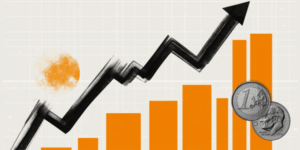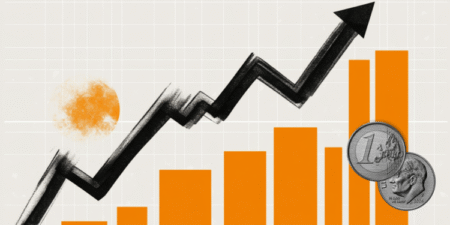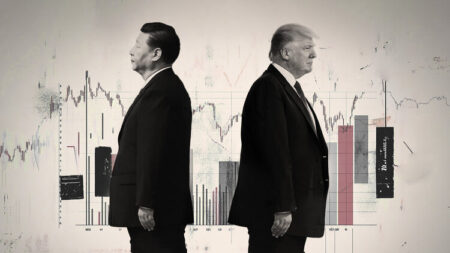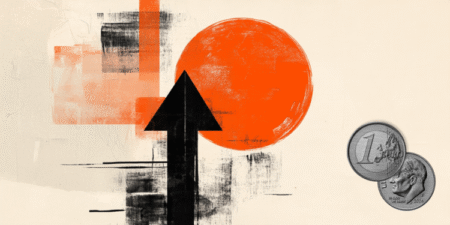The Dow Jones Industrial Average (DJIA) soured sharply on Friday, plummeting to its lowest bids in nearly three weeks and declining over 1,000 points top-to-bottom after US President Donald Trump pulled out of upcoming trade talks with Chinese President Xi Jinping and vowed to sharply increase import tariffs on all Chinese goods. According to Trump, China is holding the rest of the world hostage with its protectionist rare earth materials policies.
Market-wide expectations of a potential tariff-easing trade deal between the US and China were demolished by Trump’s fresh tariff proclamation, sending investors scurrying into safe havens to cap off an already wobbly week in equities.
Here we go again
China tightened its trade policies around critical minerals earlier this week, slapping a new licensing requirement on any foreign business that exports rare minerals from China. The move came at a time when trade talks between the US and China had hit a lull, but now Trump is once again accelerating his punishing tariff announcements via a social media proclamation, a repeat of the market-destabilizing trade war rhetoric that struck markets earlier in the year.
The Consumer Sentiment Index from the University of Michigan (UoM) fell less than expected for the month of October, providing a slim boost for investors who were bracing for a much worse outcome. UoM 1-year Consumer Inflation Expectations also ticked down to 4.6% from 4.7%, however, the 5-year component remains elevated at 3.7%.
Dow Jones daily chart
Tariffs FAQs
Tariffs are customs duties levied on certain merchandise imports or a category of products. Tariffs are designed to help local producers and manufacturers be more competitive in the market by providing a price advantage over similar goods that can be imported. Tariffs are widely used as tools of protectionism, along with trade barriers and import quotas.
Although tariffs and taxes both generate government revenue to fund public goods and services, they have several distinctions. Tariffs are prepaid at the port of entry, while taxes are paid at the time of purchase. Taxes are imposed on individual taxpayers and businesses, while tariffs are paid by importers.
There are two schools of thought among economists regarding the usage of tariffs. While some argue that tariffs are necessary to protect domestic industries and address trade imbalances, others see them as a harmful tool that could potentially drive prices higher over the long term and lead to a damaging trade war by encouraging tit-for-tat tariffs.
During the run-up to the presidential election in November 2024, Donald Trump made it clear that he intends to use tariffs to support the US economy and American producers. In 2024, Mexico, China and Canada accounted for 42% of total US imports. In this period, Mexico stood out as the top exporter with $466.6 billion, according to the US Census Bureau. Hence, Trump wants to focus on these three nations when imposing tariffs. He also plans to use the revenue generated through tariffs to lower personal income taxes.
Read the full article here
















